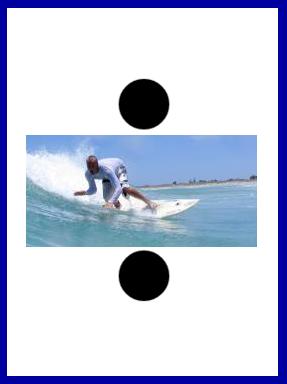Not that anyone should care or does, but I feel my old fart need to jabber about my health again, hence this report.
Today I’ve started taking one hydrocodone pain pill every four hours. The proper maximum dose is one every eight hours. It’s an experiment to see if there’s anything I can do to cancel the pains in my leg. Not that they’re particularly bad. Much of the time I don’t notice them. But at night they’re just enough to interfere with my sleeping, and they keep me from running. I’m also annoyed because last Monday I was given a shot of cortisone and some kind of numbing medicine in my bad hip that was supposed to nullify the pain, or at least reduce it, in two days or so. It did nothing. Which is what two similar shots in my back did a few months ago. Hydrocordone have never cancelled the pain, either. I think it may have reduced it somewhat a few times. Anyway, I’m trying it.
I feel I’m pretty adaptable, and have not whine much about growing old. I’ve expected to slow down, wrinkle, taken longer to mend when I’ve bumped myself or something, and experienced arthritic aches and pains. Until last year, I’ve even been pleased with how little, really has gone wrong with me. this year has been an ordeal, though. And I just can’t understand my leg problem. It would seem that my bad hip is not responsible for it, which is good. I fear it is probably half responsible for it, though. I’ll be talking to my orthopedist in a week or so about what to do. I’d be surprised if there was anything else to do but have my back operated on, and hope that takes care of it.
I seem to be functioning okay otherwise except that I feel tired most of the time. I want to take naps but rarely go to sleep when I try for one. I’m now getting five or six hours of sleep at night, which is the most I’ve been able to get for five or ten years. It’d be wonderful to be able to get eight hours nightly for a week, but I suspect that will never be.
I continue to find it difficult to sit down at my computer and do anything more strenuous mentally than firing arguments and invective at my Shakespeare authorship foes. Recently, though, I’ve started to come out of what I consider the kind of tenth-rate depression I often am inflicted with. I managed finally to post on the visual poem of Connie Tettenborn’s that I’ve wanted to. One would think that no great accomplishment, but doing it was a major accomplishment for me. I kept thinking that I’d be unable to say anything of any value about it. so why bother. And even if I did say anything of value about it, no one would read it. Wanh wanh.
I have plenty of good excuses for feeling depressed, fearing I’m be limping the rest of my life not least among them. But a few good things have been happening, too. The publication of my this is my visual poetry chapbook, for one thing. And recently a Finn has asked permission to publish a book or chapbook of his translations of my mathemaku. That’s huge. I’d love to be able sincerely to feel that I don’t need any positive feedback from the world, but I do. I got paid for something literary recently, too: by The Pedestal for co-editing the gallery the Spitter and me done for it. $75. Final nice thing that happened to me of late was being invited to blurb the upcoming Otoliths publication of a (terrific) collection of pieces by Marton Koppany, and coming up with a blurb he and I both liked. I don’t blurb, by the way–I always try to inform potential buyers about what I compose blurbs for, not hype it.


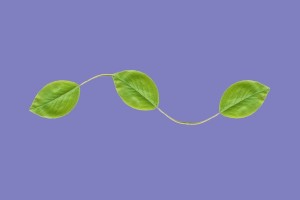
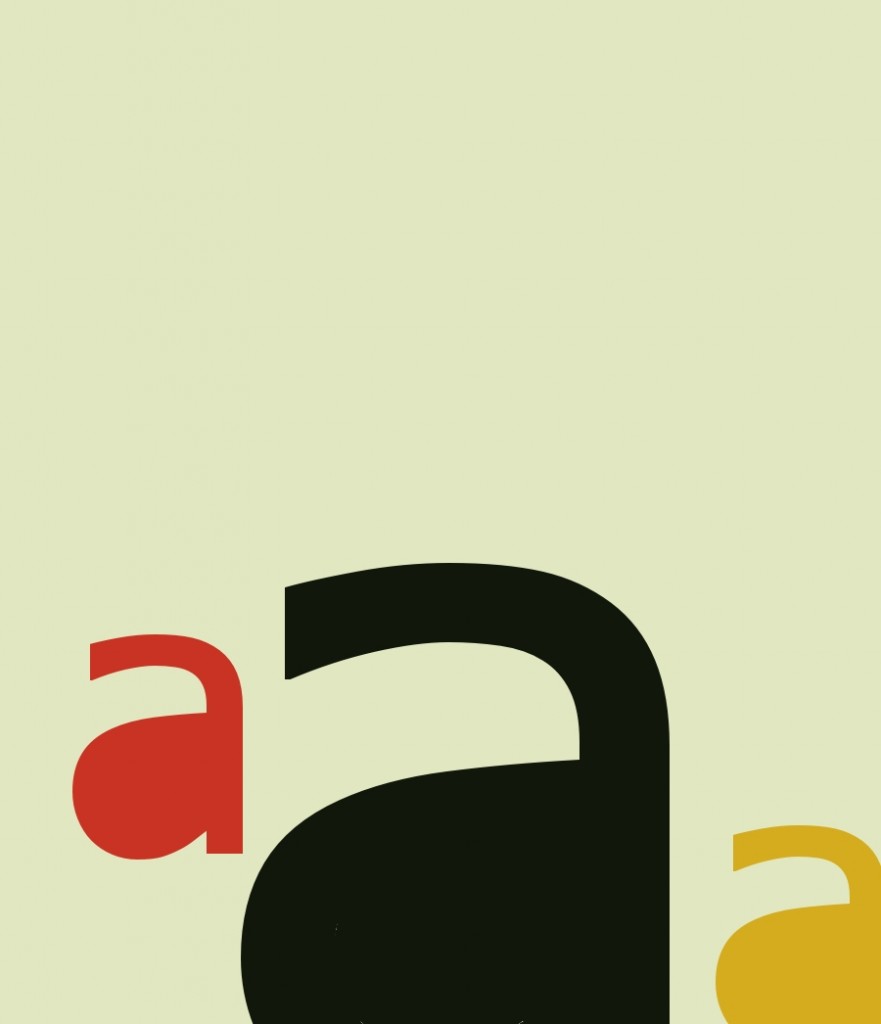



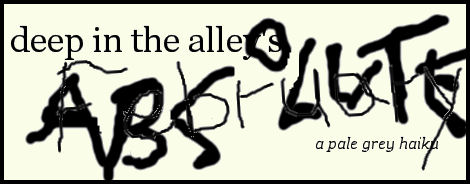





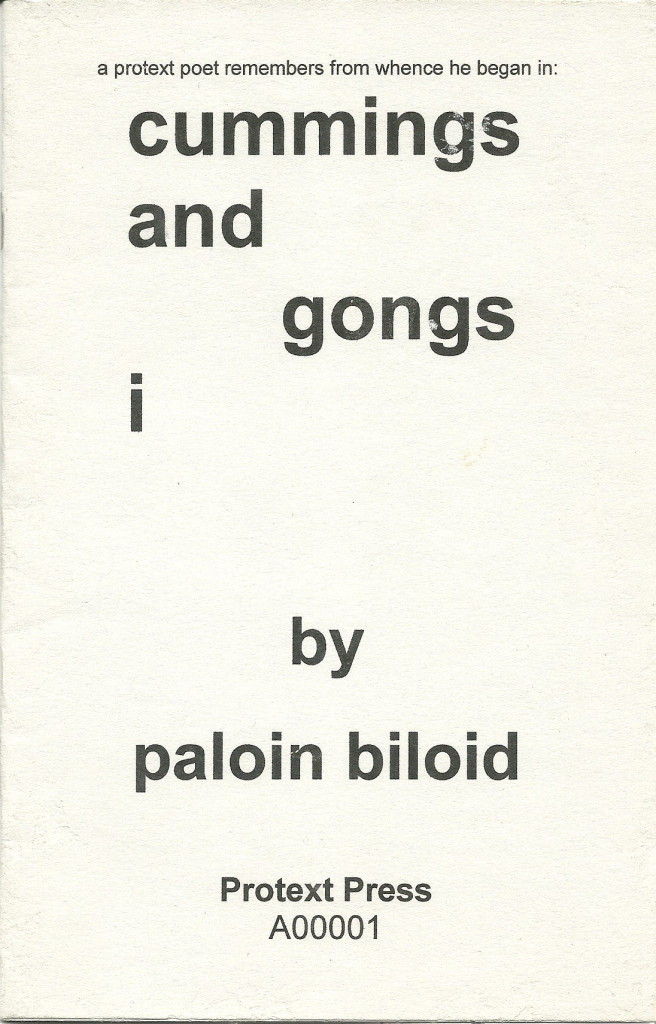
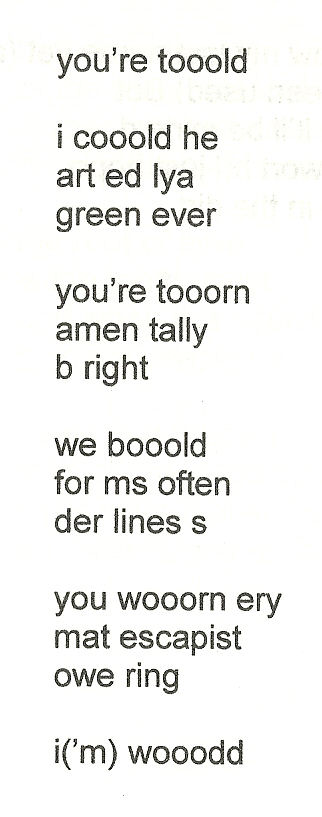

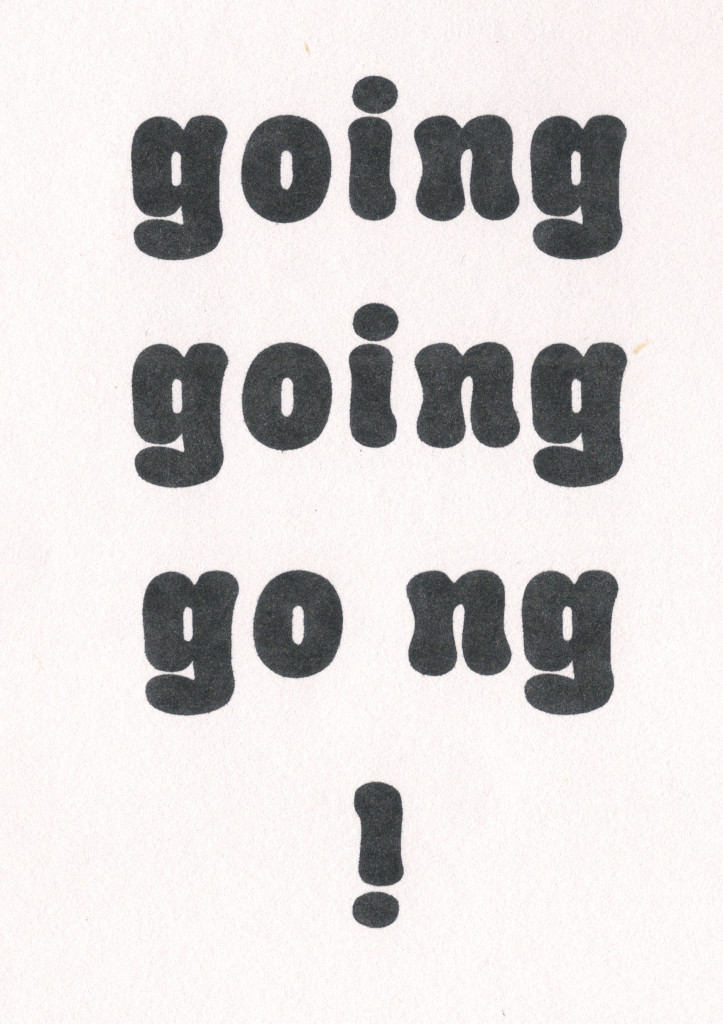
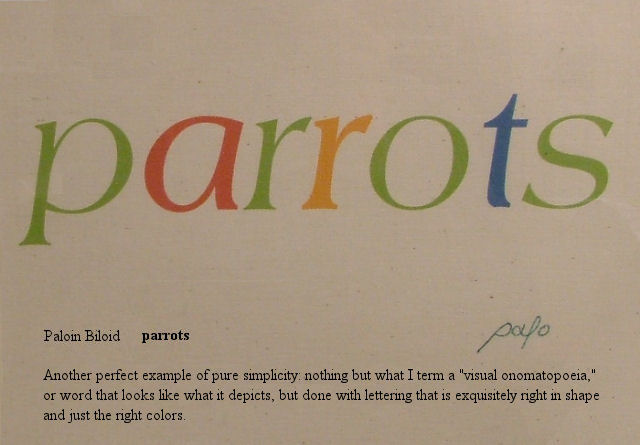
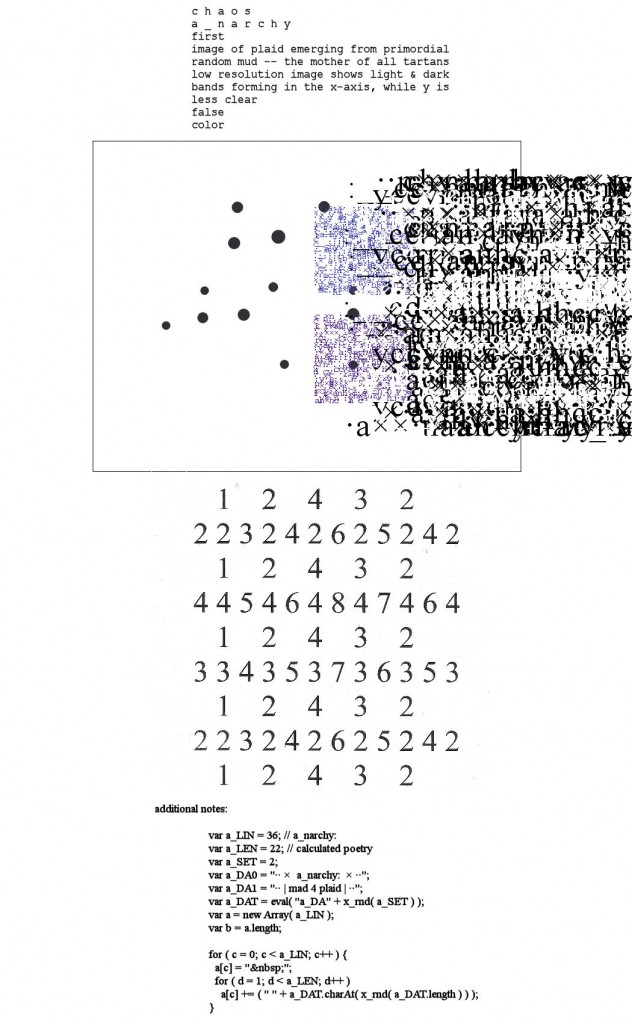
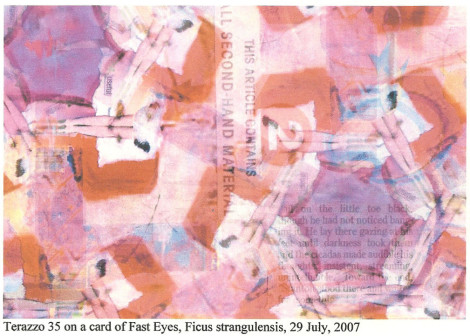
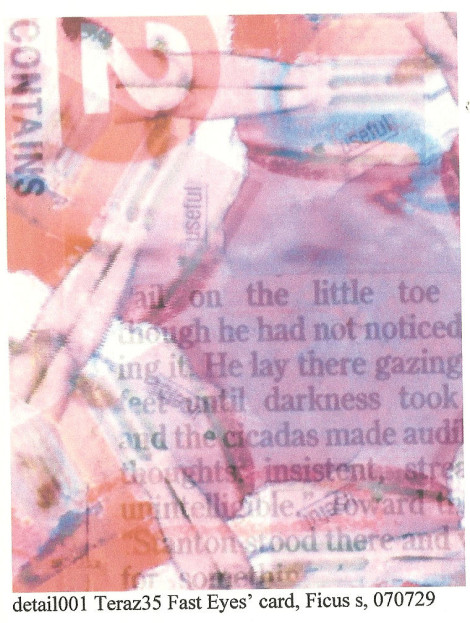
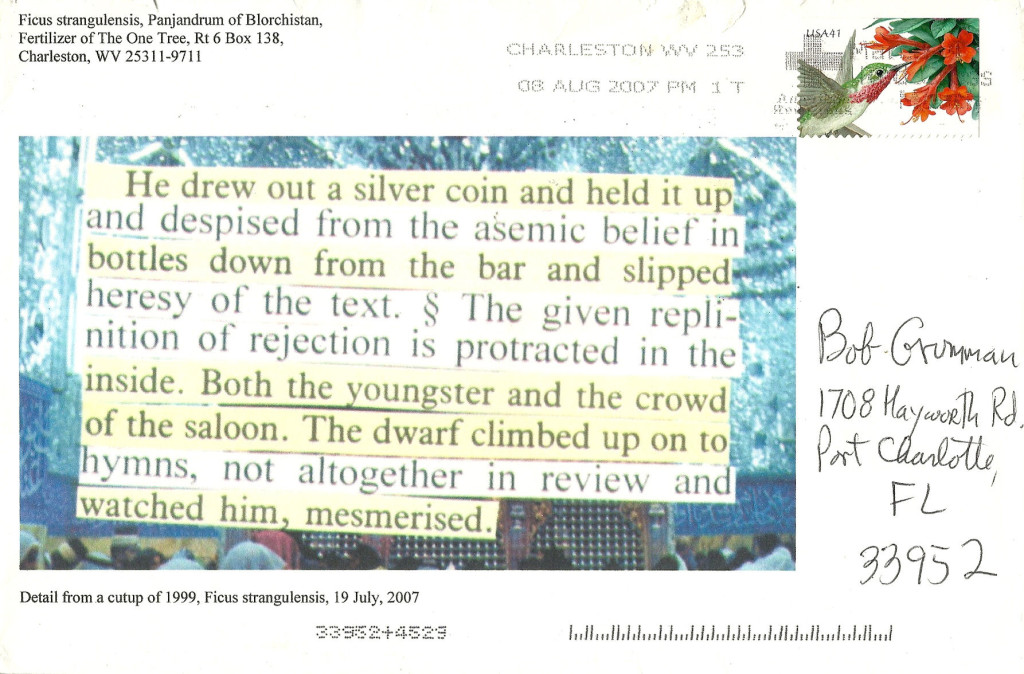
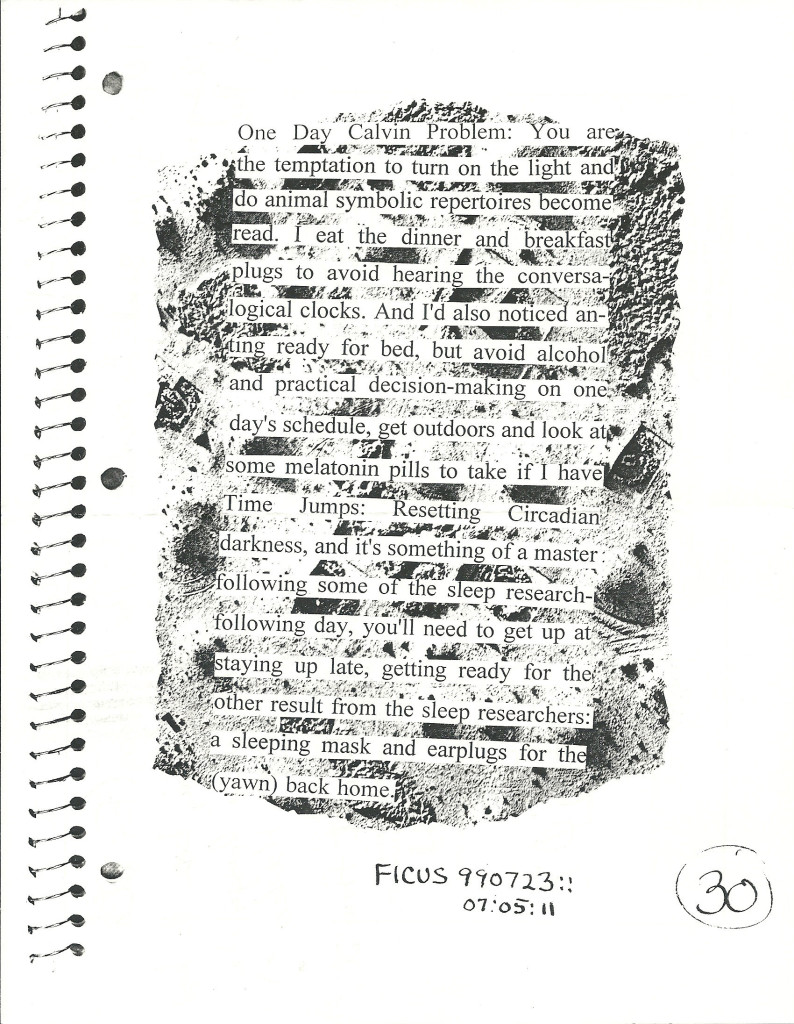
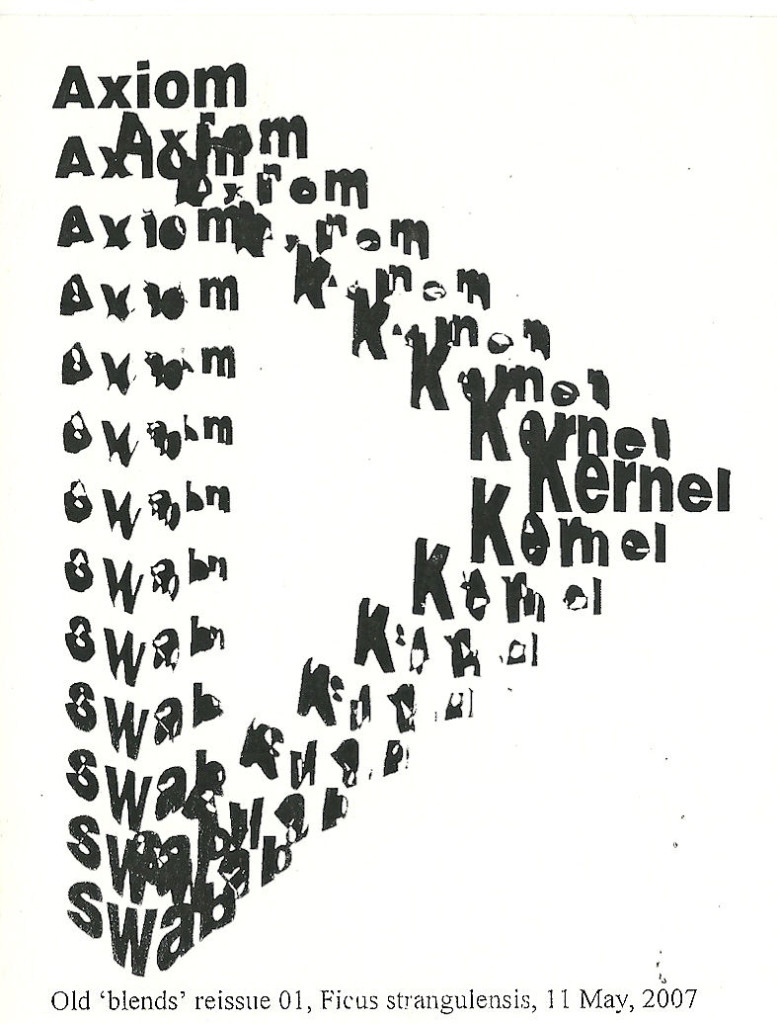


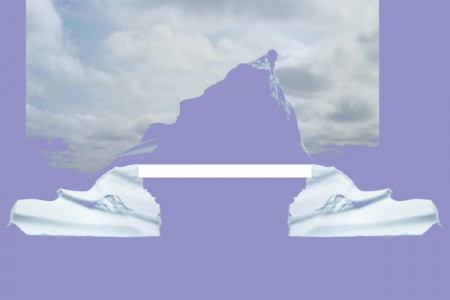


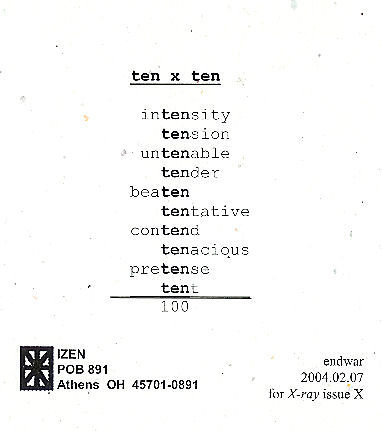 As I announced when I first posted this, I am hoping to publish an anthology of mathematical poems, like this one, so if you have one or know of one, send me a copy of it, or tell me about it.
As I announced when I first posted this, I am hoping to publish an anthology of mathematical poems, like this one, so if you have one or know of one, send me a copy of it, or tell me about it.